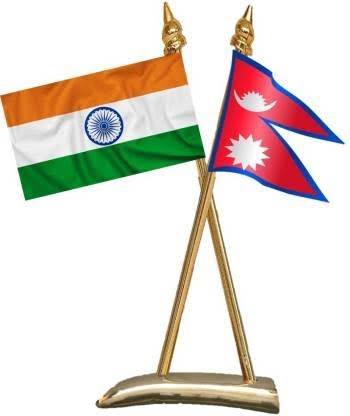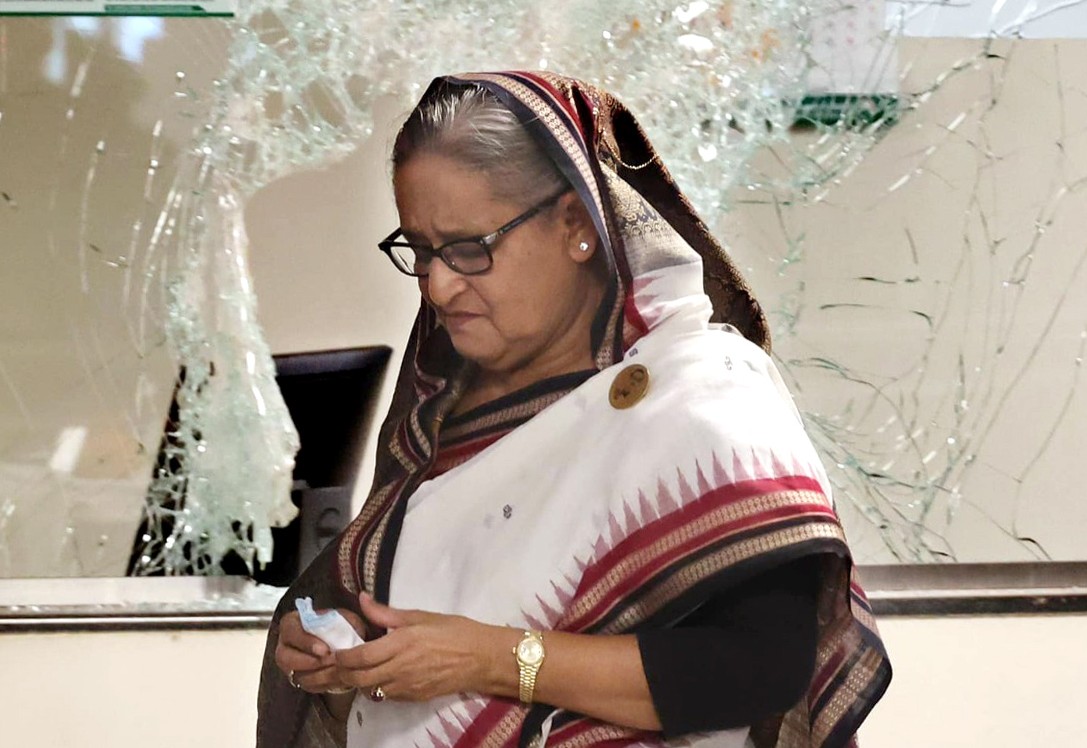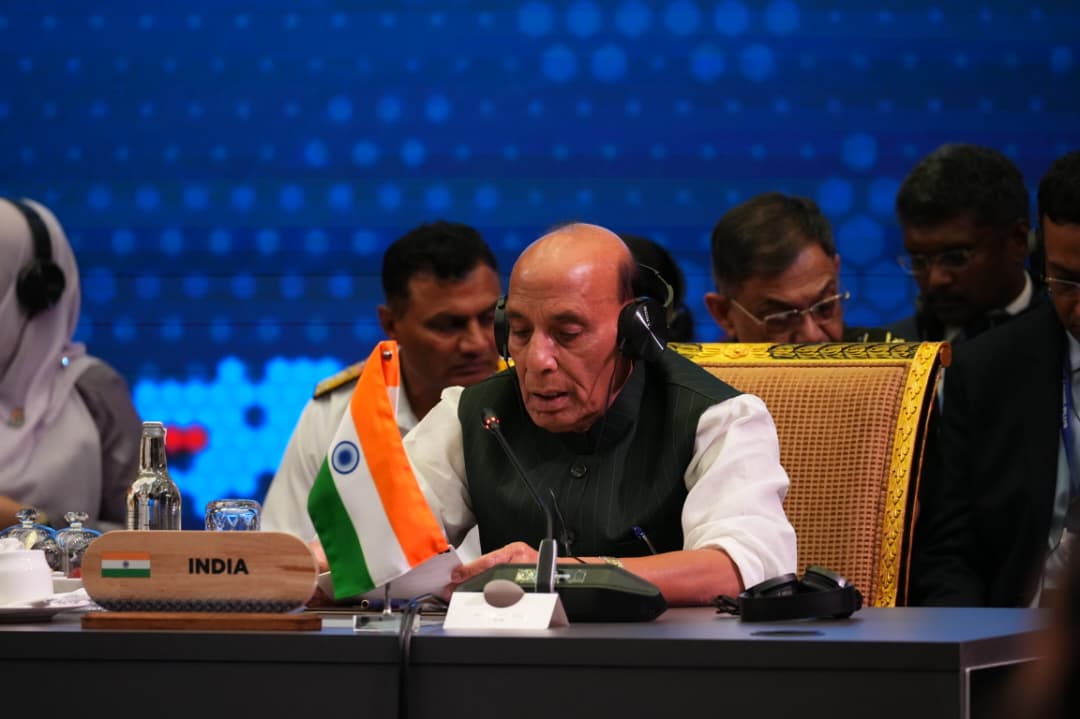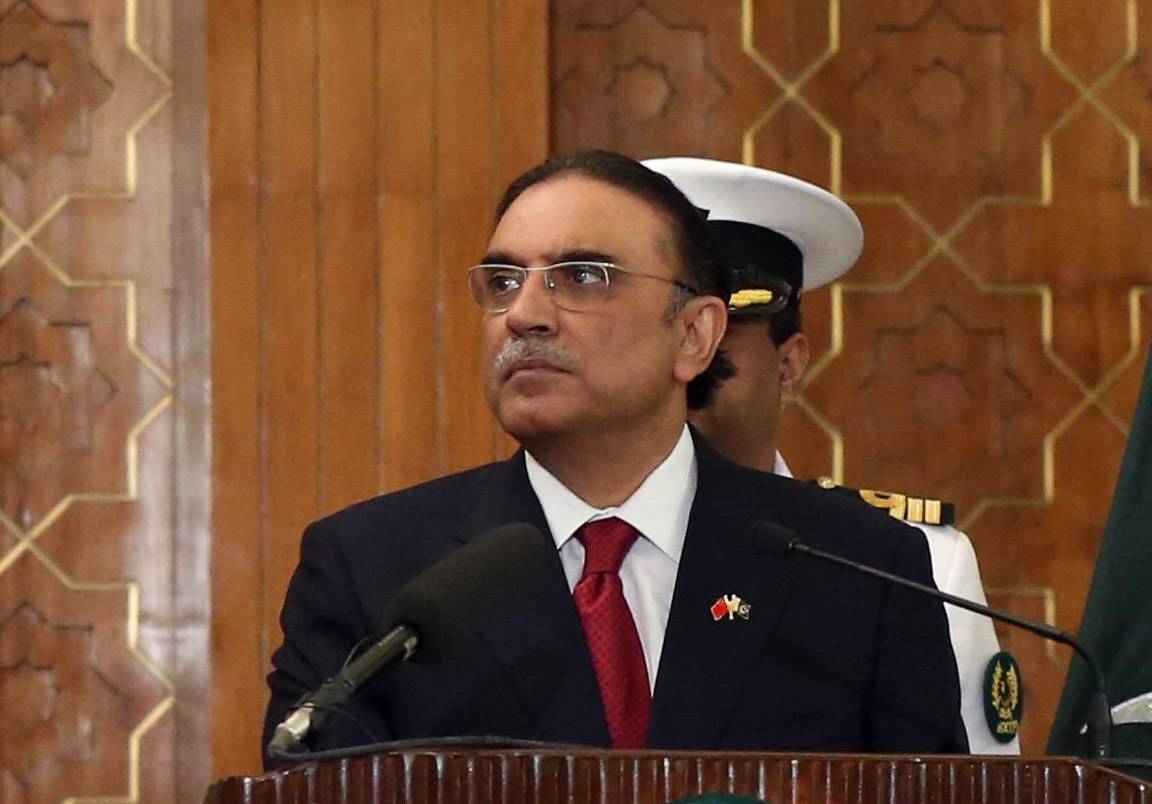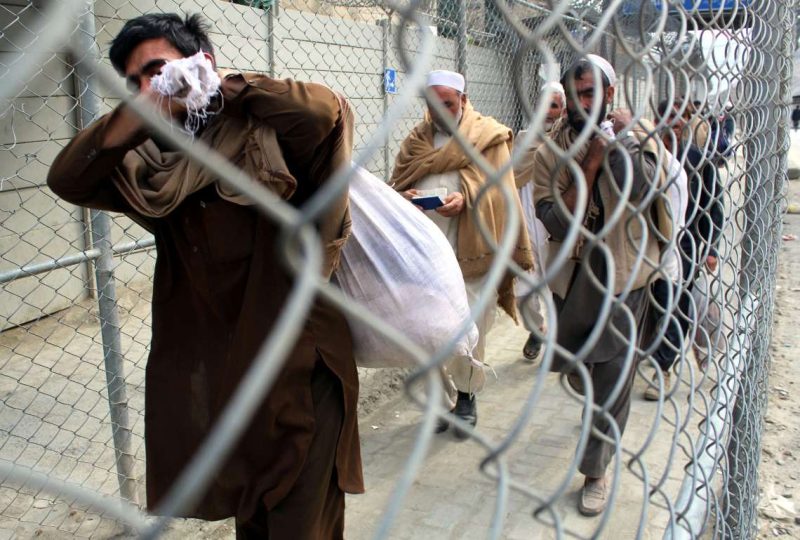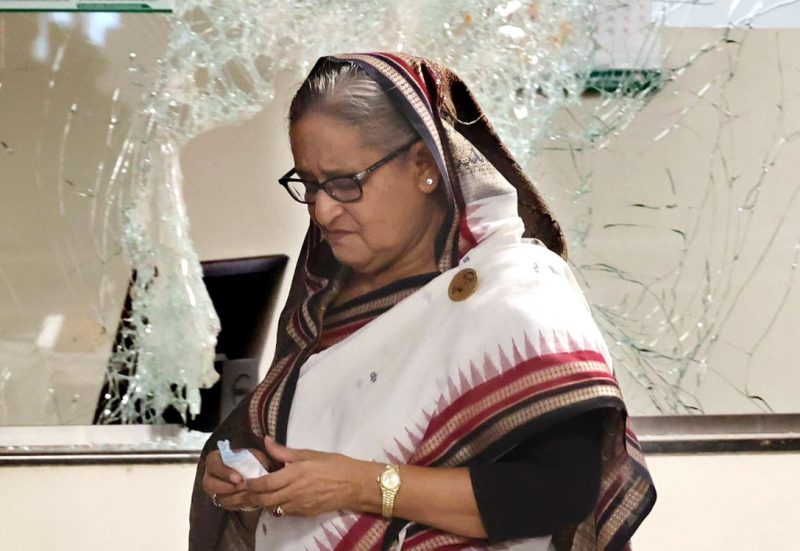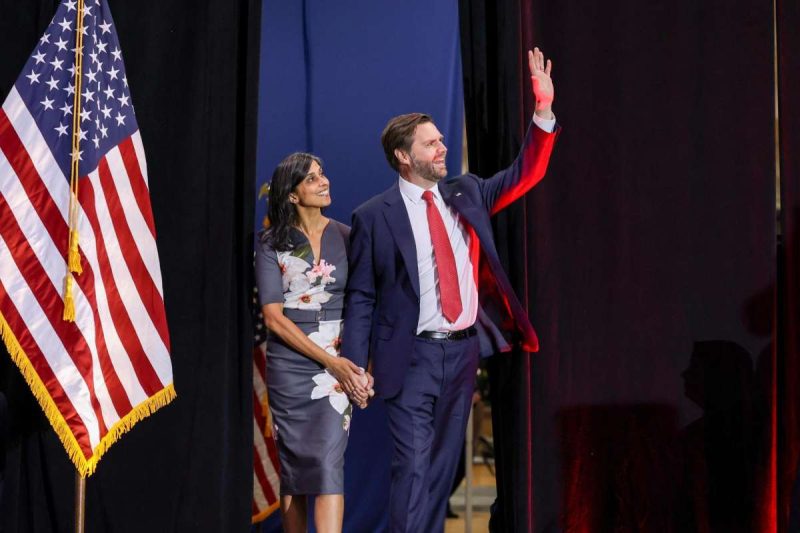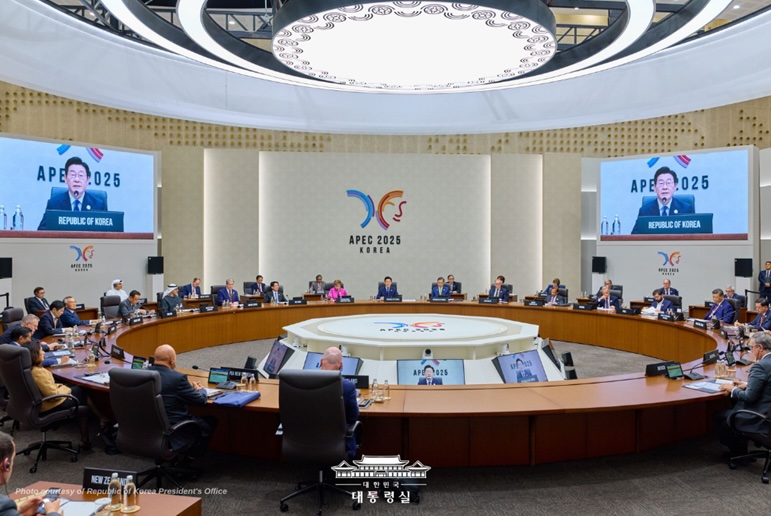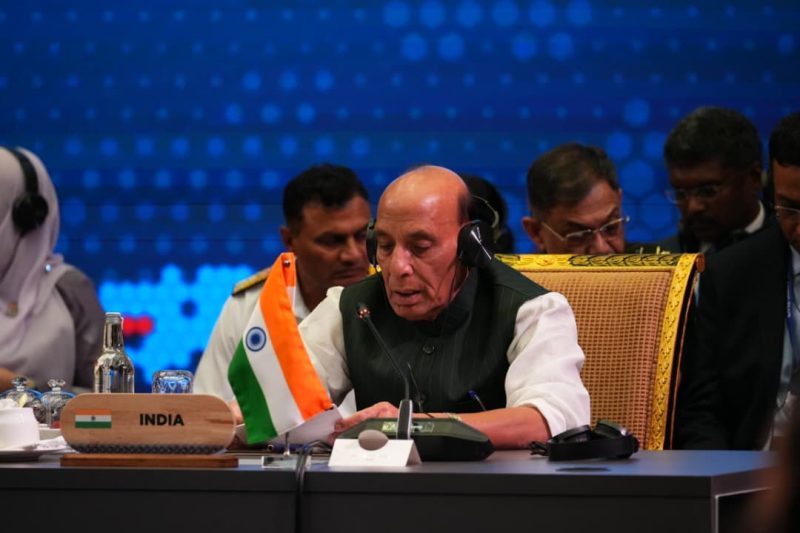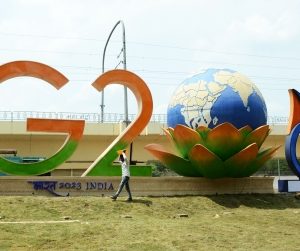India has always harped on better connectivity among its neighbouring nations in South Asia, more so with Nepal and Bangladesh…reports Asian Lite News
The recent development of better connectivity between India and Nepal was the train service on a 35 km long cross-border rail link between Jayanagar in Bihar and Kurtha in Nepal. This will enable easy connectivity and benefit the people of both the neighbouring countries.
It is a multi-pronged strategy. It is part of India’s NeighbourhoodFirst policy. India in this effort to build connectivity with neighbourhood has built electricity networks, upgrading ports, rail and airport infrastructure and laid new pipelines. It is a much more benevolent model than the Chinese ones. The Indian model does not put any country into a debt trap.
The first meeting of the Inter-Ministerial Coordination Group (IMCG) on Neighbouring Countries at Secretary level was convened by Foreign Secretary Harsh Vardhan Shringla on April 12. The IMCG has been setup as a high-level mechanism towards mainstreaming of India’s ‘Neighbourhood First’ policy.
The meeting deliberated upon and took important decisions on various aspects of India’s bilateral relationship with Afghanistan, Bangladesh, Bhutan, Maldives, Myanmar, Nepal, Pakistan and Sri Lanka in the areas of trade and investment, connectivity, border infrastructure, immigration, development cooperation, border security among others.
The IMCG is supported by Inter-Ministerial Joint Task Forces (JTF) convened by the concerned Joint Secretaries in the Ministry of External Affairs. Government of India’s efforts to deliver benefits like greater connectivity, stronger inter-linkages and greater people-to-people connect under India’s Neighbourhood First policy takes place through a whole-of-government approach with coordination involving various Ministries, Departments and agencies of GOI and of concerned State governments. The IMCG will further improve institutional coordination across government and provide comprehensive direction to this whole-of-government approach on India’s relations with its neighbouring countries.
According to a news report by All India Radio, new Integrated Check Posts (ICPs) are constructed or expanded to facilitate trade and mobility along the borders with Nepal, Bangladesh, Bhutan, and Myanmar. Inland waterway infrastructure for movement to Nepal and Bangladesh is developed. The number of railway connections with Bangladesh have increased manifold.
India and Nepal have South Asia’s first cross-border oil pipeline. Bhutanese cargo from the Himalayas is reaching Bangladesh on an Indian river vessel. Nepali cargo is transited and clearance processes through India’s eastern seaports. The airport at Jaffna in Northern Sri Lanka is reconnected with a direct flight from south India after upgradation with Indian aid. The ISRO (Indian Space Research Organisation) launched the South Asian Satellite in 2017, enhancing digital connectivity across the region. In 2019, Bhutan inaugurated a receiving station for the South Asian Satellite. In the same year, Bangladesh agreed to Indian transit access to Northeast states. India and Bangladesh are now directly exchanging freight under a new shipping agreement.
Sri Lanka could have avoided the present crisis had it tied up with India for connectivity and not wholly dependent on China for funds. It is neck-deep in loans from China and it has asked for more funds from China to service previous loans.
Sri Lanka is building its Port City Colombo in line with Dubai and Singapore. The project is estimated to be USD 14 billion and China has invested USD 1.4 billion.
According to a media report, Port City Colombo is a public-private partnership project between the Sri Lankan government and CHEC Port City Colombo Pvt. Ltd, which is a subsidiary of China’s state-run infrastructure firm, China Communications Construction Company (CCCC), a company that is leading President Xi Jinping’s Belt and Road Initiative (BRI).
ALSO READ: Secularism vs Pak-backed communalism in Bangladesh
External Affairs Minister S. Jaishankar at the Plenary Session “Central and South Asia: Connectivity” on July 16, 2021 had said: “Economic growth is universally driven by 3Cs: connectivity, commerce and contacts. All three need to come together to ensure regional cooperation and prosperity. The challenge we face is that politics, vested interests and instability can be formidable impediments to its realization. There are lessons too from our experiences that need to be understood. The real issues are of mindsets, not of disputes. Blocking connectivity in practice while professing support in principle benefits no one. A one-sided view of trade rights and obligations can never work. No serious connectivity can ever be a one-way street.”
Connectivity acquires a particular salience in the context of post-Covid economic recovery. It is itself an economic multiplier. But there is a widespread realization of the need now for more resilient and reliable supply chains. This is not just a matter of production; it is equally a challenge of efficient logistics. All of us need more and multiple options. And this applies to the domain of connectivity most of all.
While expanding connectivity between Central Asia and South Asia, we need to address not just physical infrastructure but all its accompanying facets. Tourism and societal contacts can create a fostering enabling environment. But, at the end of the day, building connectivity is an act of trust and must, at the minimum, conform to international law. Respecting sovereignty and territorial integrity are the most basic principles of international relations.
Connectivity efforts must be based on economic viability and financial responsibility. They should promote economic activity and not create debt burdens. Ecological and environmental standards, as also skill and technology transfers, are musts. Connectivity must be consultative, transparent and participatory.


